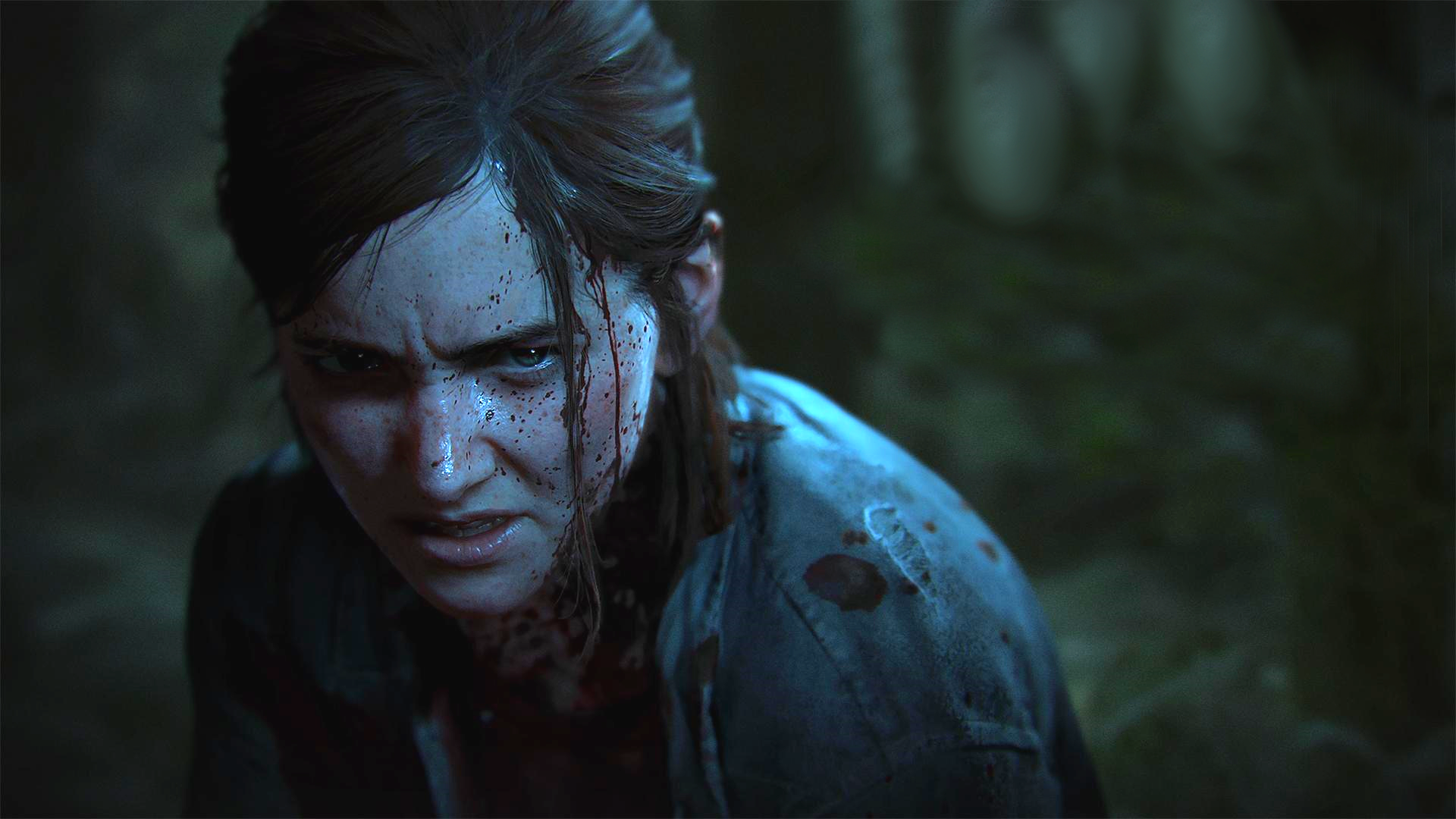A toxic sense of entitlement within a fan base is one of the worst things that can happen to it. So it’s a real shame when the central focus of that fan base is a true masterpiece in its field.
Ask any gamer what their most anticipated games of the last 10 years were, and nine times out of ten The Last of Us Part II will take a podium spot. The original, released in 2013 by Naughty Dog at the very end of the Playstation 3’s lifetime, was the platform’s final blockbuster – and it instantly hit a chord with the playerbase. It follows a post-apocalyptic America, twenty years after a new strain of the Cordyceps fungus began infecting the human race and turning them into aggressive, cannibalistic monsters. You play as Joel, a 40-something Texan who lost his young daughter when the outbreak began. He is tasked with escorting 14-year-old Ellie, who is immune to infection, across the devastated United States to a lab in the hope that she holds the key to a vaccine.
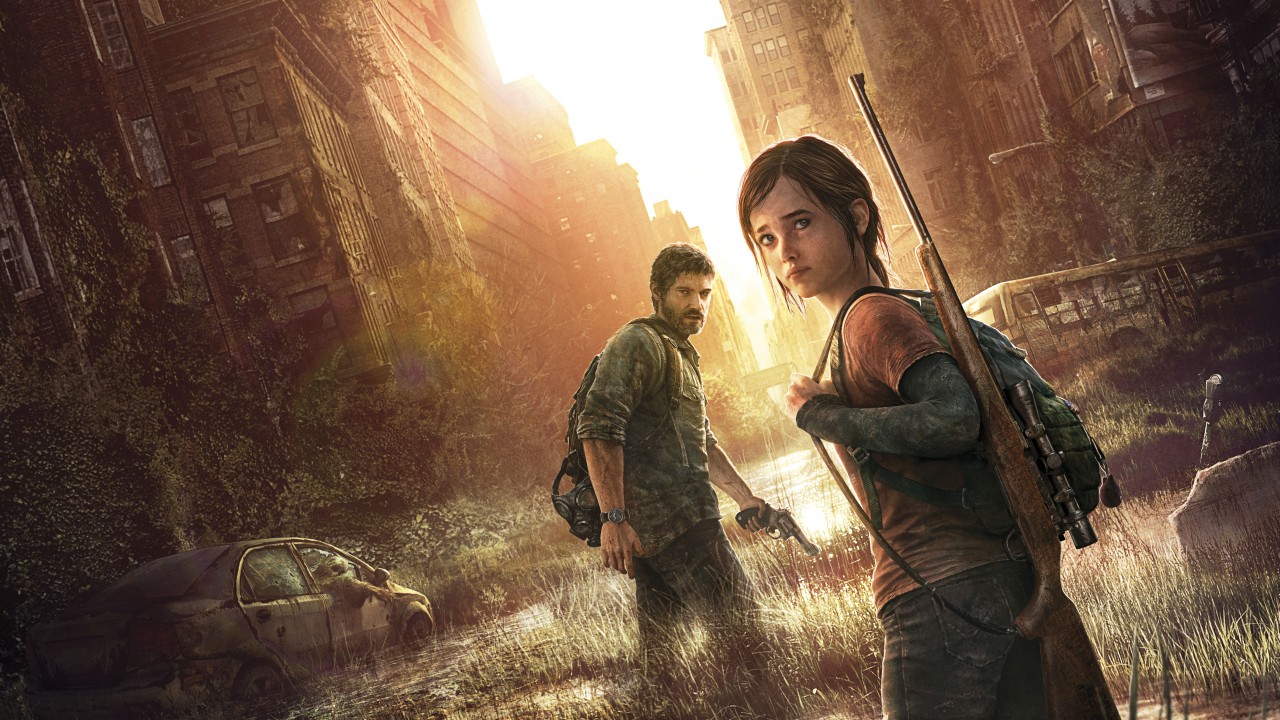
While their personalities clash to begin with, they slowly start to develop a father-daughter-like bond as they tackle infected and human enemies along their path. When they finally make it to the lab, Joel is informed that to extract a potential cure from Ellie they will have to remove a growth from her brain, killing her. Joel refuses to let her die and fights his way through the facility, kills the surgeon, and escapes with Ellie. When she regains consciousness, Joel lies and tells her she wasn’t the first person found to be immune, but that a vaccine was impossible. In the epilogue Ellie confides with Joel about her survivor guilt, and makes Joel swear that he’s telling the truth.
The Last of Us was a new level for video game storytelling, and it showed – it won countless awards for its writing, gameplay and acting, and is widely regarded as one of the best games ever made. That relationship between Joel and Ellie was a particular highlight for fans.
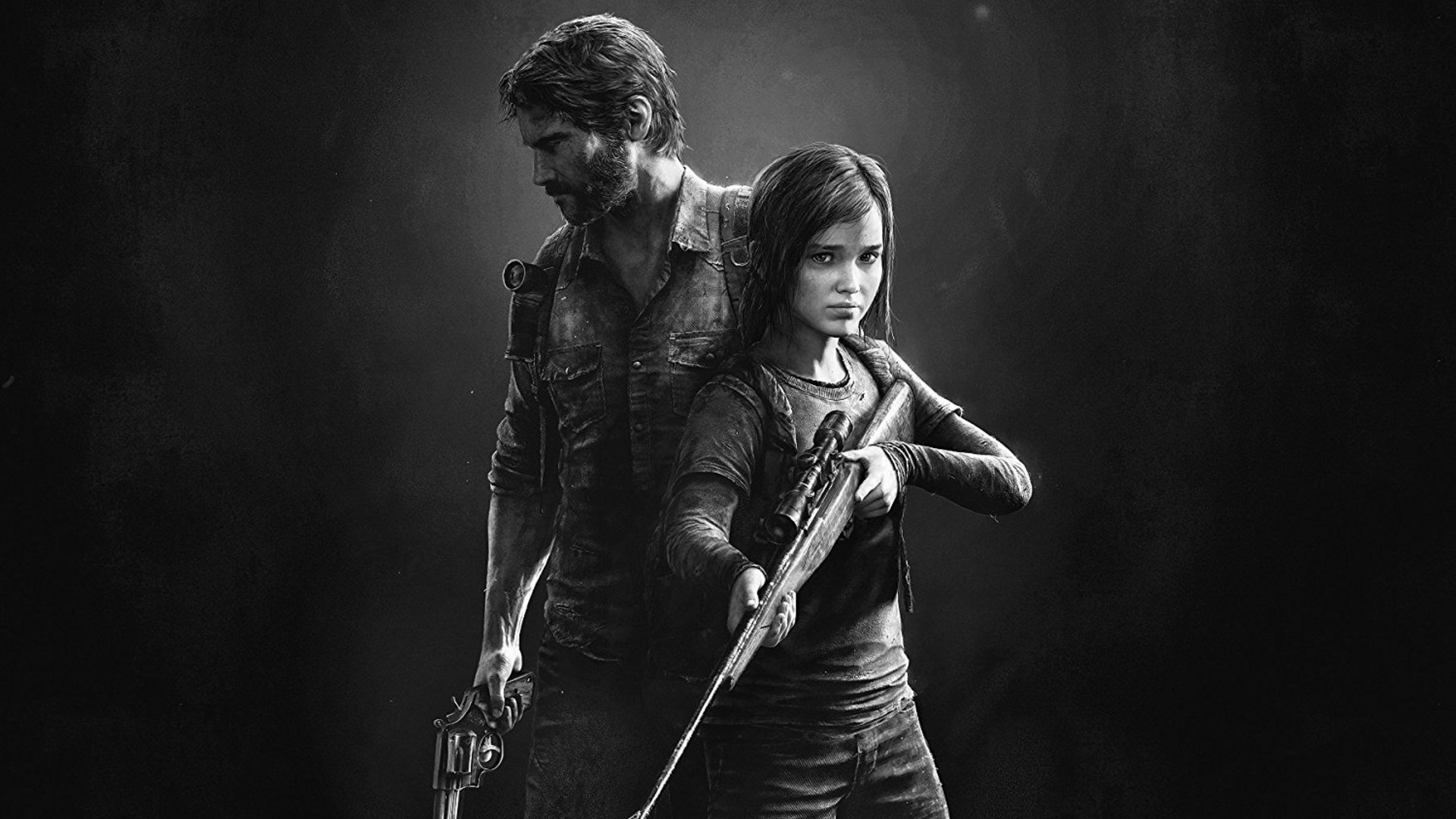
It’s fair to say, then, that any sequel had a lot to live up to.
Naughty Dog had since upped the bar in 2016 with the latest instalment in their other triple-A franchise, Uncharted 4 – a treasure-hunting, action-packed, upbeat yet dark experience, again winning many awards as a result of the leaps in quality since moving to the Playstation 4. Later that year, The Last of Us Part II was revealed to a hugely excited response. Set five years later, the sequel would follow Ellie as she embarks on a path of hatred and revenge. Gameplay was revealed two years later along with a 2020 release date another year after, and from the fans’ perspective, all was looking good.
Then came the leaks.
Key parts of the story, including cutscenes, were spread far and wide across the internet in April 2020, two months before release. Years of work for Naughty Dog developers, leaked by some basement-dweller. Thankfully I was lucky enough to avoid the vast majority of the leaks – but one slipped through the cracks. Probably the biggest one.
(WARNING: Major spoilers for The Last of Us Part II follow!)
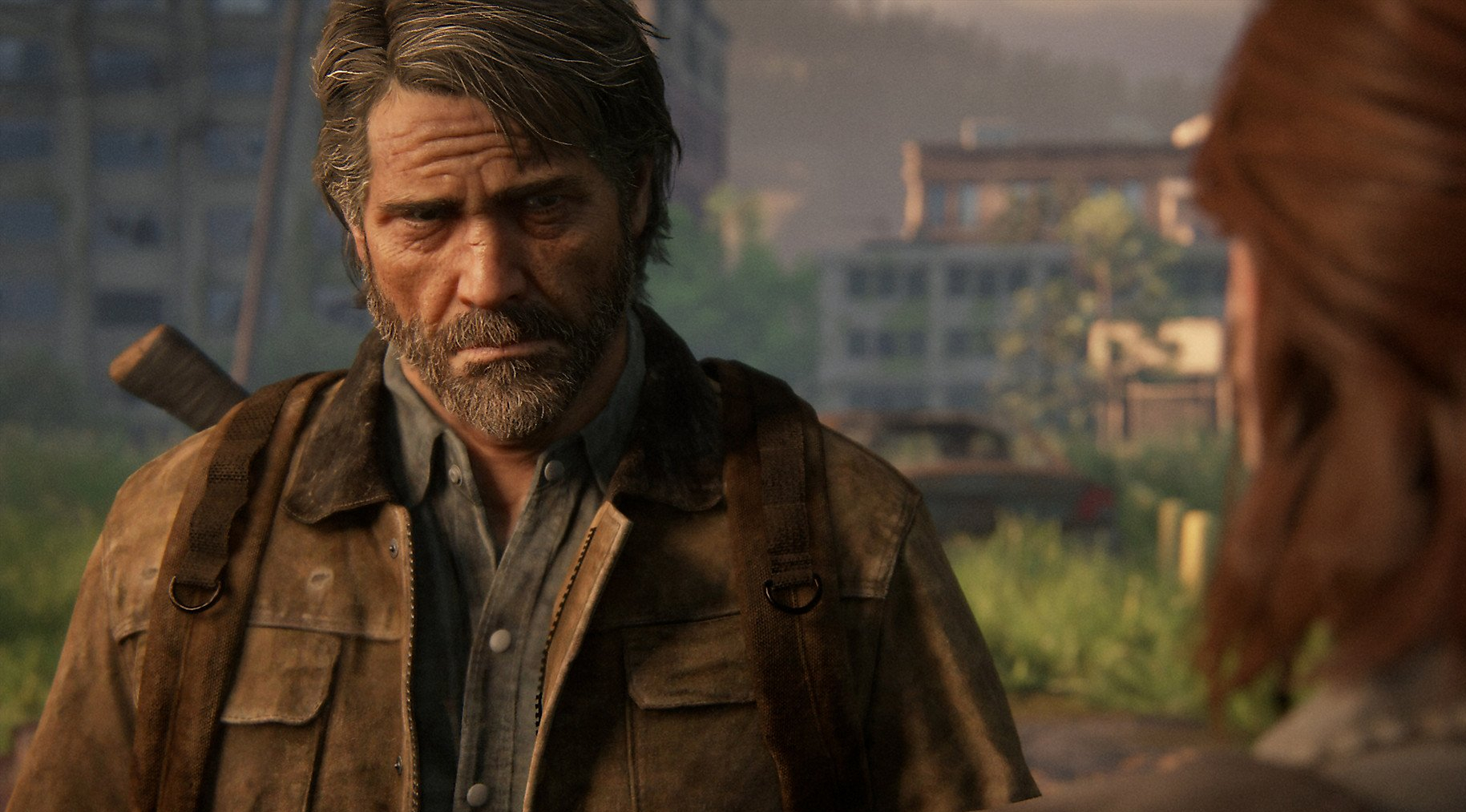
For some reason, many (and I mean MANY) people decided to write off the game entirely two months before release. I was perplexed – how can you decide you hate a game before even playing it? I hadn’t seen most of the leaks and so I went into the game on June 19th 2020 fresh and with an open mind. (Or at least I would have done had I not injured my thumb which sidelined me for another month. Another month of avoiding all those spoilers!!)
I was gripped from the very start.
A couple of hours into the game, a slightly wearier Joel saves a woman from some infected out in the snowy hills of Jackson and takes her back to her base. The woman, Abby, recognises Joel as the one who committed the massacre in the lab five years earlier, and together with her group decides to repay him by shooting him in the legs and then beating him to death with a golf club – but not before a now-19-year-old Ellie attempts and fails to save him, and is subsequently forced to watch her father figure mercilessly murdered before her very eyes.
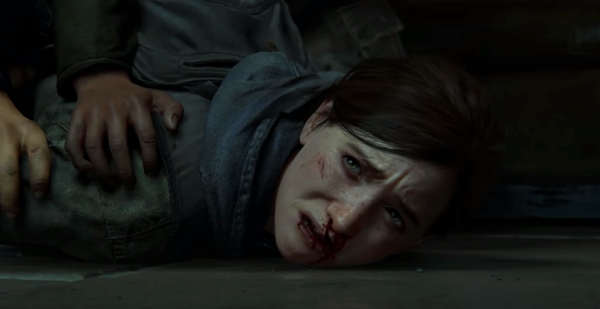
Wow. Talk about a way to set up a revenge plot.
I gathered that this was one reason why people hated the game – but I didn’t see it that way. In a violent fictional world, your favourite characters are never safe; I learned that from Game of Thrones. For me, it triggered a hatred towards Joel’s slayer, the same way it did for Ellie:
‘Abby has to die. For revenge. For Joel.’
So Ellie then sets out on a path of death and savagery to hunt down Abby in Seattle, with her friend/new love interest Dina in tow. Along the way, she negotiates her way through a war between two factions – the militaristic WLF and the Seraphite cultists. During the next three days, she begins to find and execute Abby’s friends and comrades one by one, and she starts to feel her humanity slipping away with each kill.
At the end of the first day of her hunt, Dina drops a bombshell on Ellie and tells her she’s pregnant. The next day Ellie tells her to stay secure at a theatre while she goes looking for Abby – she finds and tortures her friend Norah for information before finishing her off, looking disturbed as she returns to Dina. Another day later, she finds and kills two more – Abby’s ex Owen and her friend Mel. When she discovers an unborn baby still inside the lifeless Mel, Ellie begins to break down and returns to the theatre visibly scarred. While Ellie walks her dark path, we occasionally see glimpses of her life with Joel after the events of the first game. The final flashback shows the moment that Ellie finds out the truth about the lab massacre and resents Joel. Back in present day, Abby ambushes Ellie at the theatre, confronting her about the friends she’s lost.
Then the whole game was flipped on its head entirely.
Time rewinds, and you play the same three days – but as Abby.
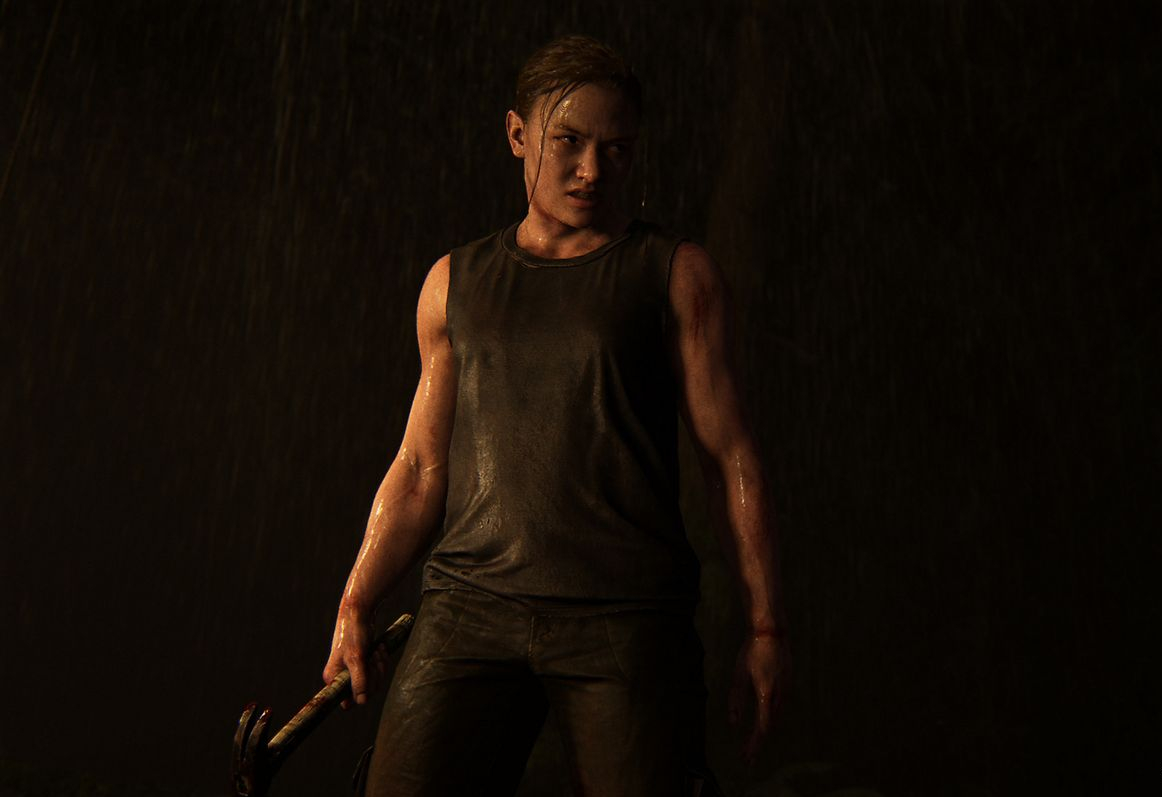
I won’t lie, when I first realised what was happening I wasn’t too happy with the direction the game took. How am I supposed to feel anything for the woman who murdered Joel, let alone want to play as her?
However I again went at it with an open mind. It turned out that at the hospital massacre five years earlier, Joel killed Abby’s father – the lead surgeon. Killing Joel was Abby’s revenge for her father. Sounding familiar?
Then it began to dawn on me – if Ellie really did kill Abby, what’s to say no-one would hunt Ellie to avenge her? Would the cycle of vengeance ever end? As I played three days of Abby, I went from hating her to tolerating her – then later on she meets some Seraphite deserters and she begins caring for them and even putting herself in harm’s way for them, including a young boy named Lev. Abby was trying to redeem herself, to convince herself that she still has compassion. At the end of the third day, back at the theatre you end up fighting and defeating Ellie while playing as Abby – leaving her alive but instructing her to leave Seattle.
A year later, Ellie and Dina are living on a farm with Dina’s baby, supposedly leaving the past behind. But Ellie still suffers PTSD from Joel’s death, and when his brother visits with info on Abby’s location, Ellie doesn’t hesitate to risk everything all over again – she leaves Dina and the baby and heads for Santa Barbara, realising she can’t rest until Abby is dead. No matter how much she goes through, it’s clear that Ellie will stop at nothing to exact her punishment – even if it meant losing everything. It’s at this point that I realised I was feeling a much different way towards Abby than I was at the start of the game:
‘Don’t kill her, Ellie. It could cost you your soul.’
In Santa Barbara, Ellie finds that Abby and Lev have been captured and enslaved by a hostile group named the Rattlers. Ellie cuts them down from a post, and follows them to a boat where they intend to escape. The feeling of following an injured and frail Abby, carrying her companion Lev, has to be the most conflicted feeling I’ve ever felt playing a game. Half of me wanted her to die, and the other half wanted me to spare her and save Ellie’s soul from damnation. The way these feelings were played off each other until the end, where you feel compassion for both Ellie and Abby, was masterful.
Realising she can’t let Abby leave, Ellie attacks her and a brutal fight breaks out.
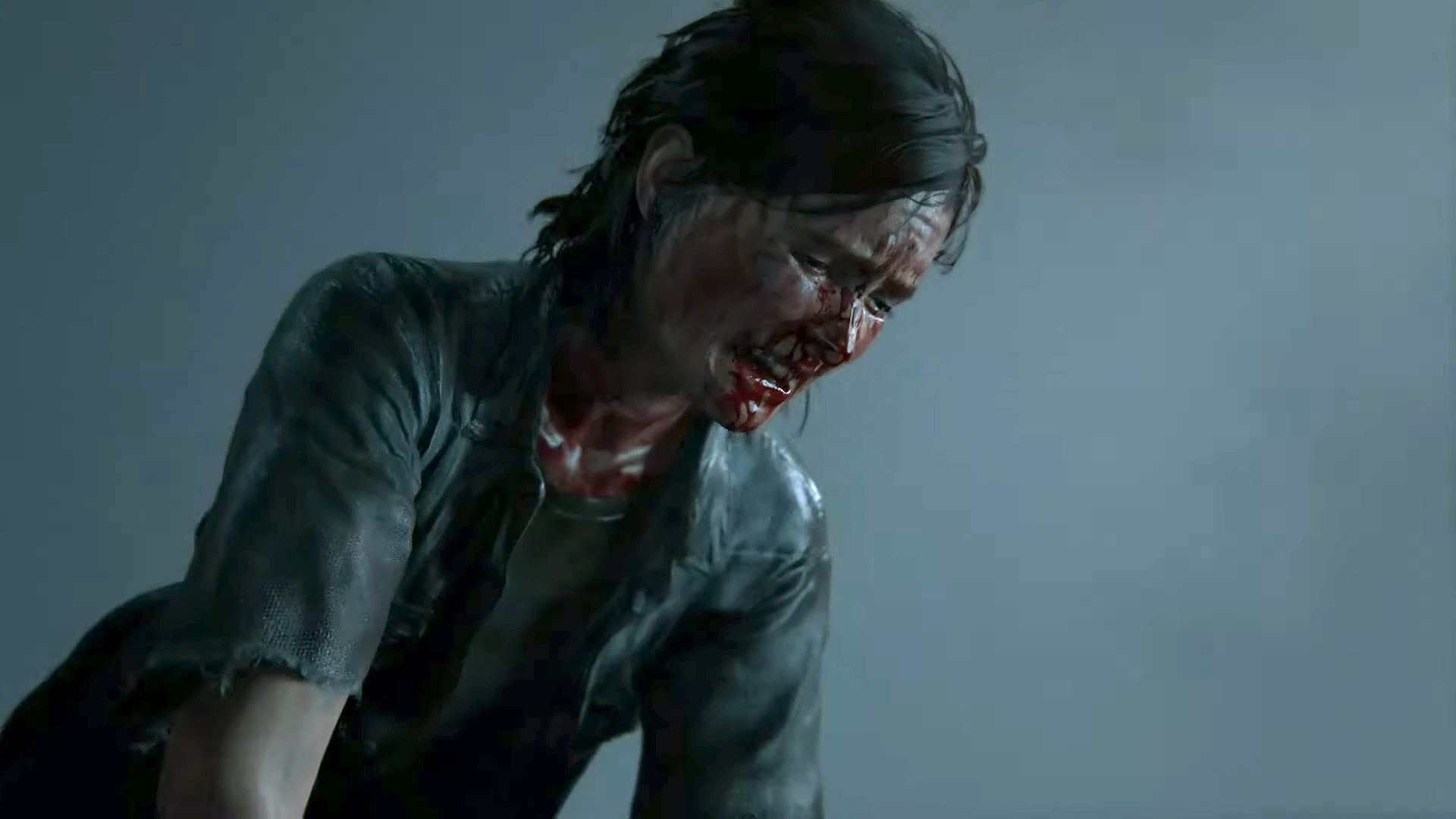
After having two of her fingers bitten off, Ellie attempts to drown Abby, and very nearly succeeds – until she has a momentary thought of Joel and she realises he wouldn’t want her to succumb to her hatred and lust for vengeance. She lets Abby and Lev leave, saving her own humanity just before it slips away. She returns to the farm and finds that Dina and her baby have left her, realising that her impulse for revenge has already cost her too much. A memory of Joel resurfaces where she promises to try and forgive him for lying to her. Finally she leaves the farm, walking through the corn fields, to find herself a new place in the world.
As the credits rolled, I found myself incredibly satisfied. I knew this was going to be a brutal and emotional story, but I didn’t expect it to be quite so disturbing and effective at what it was trying to do. You begin the story feeling a deep hatred towards Abby, just as Ellie did. And while Ellie’s thirst for revenge on the woman who killed Joel is unwavering right until the very end, it’s a different story for the player. When you begin to understand Abby’s side and what she and Lev have been through (especially during those three days in Seattle), a huge conflict of emotion builds up within you, and by the time you regain control of Ellie in Santa Barbara you almost want her to fail, both for Abby’s sake and for her own. Back at the start, the first we see of Abby is when she exacts her revenge, but begins to gain her humanity back as she builds connections and realises what’s really important to her. Meanwhile we find Ellie in Jackson as an innocent young woman living with her friends, until Abby’s terrible act ignites a fire in her and sends her down a path which sees her humanity slowly slip away, almost to a point of no return. That juxtaposition of the two opposite paths both women take is brilliant.
No game has ever played on my mind as much as TLOU 2 did. And I love it for that. The combat is savage, the visuals are the cleanest I’ve ever seen, the soundtrack is beautiful, and there’s countless little details you might not have even noticed. Clearly the critics saw it the same way – it’s currently sitting at a score of 94% on Metacritic and is almost certainly a front-runner for numerous Game of the Year awards.
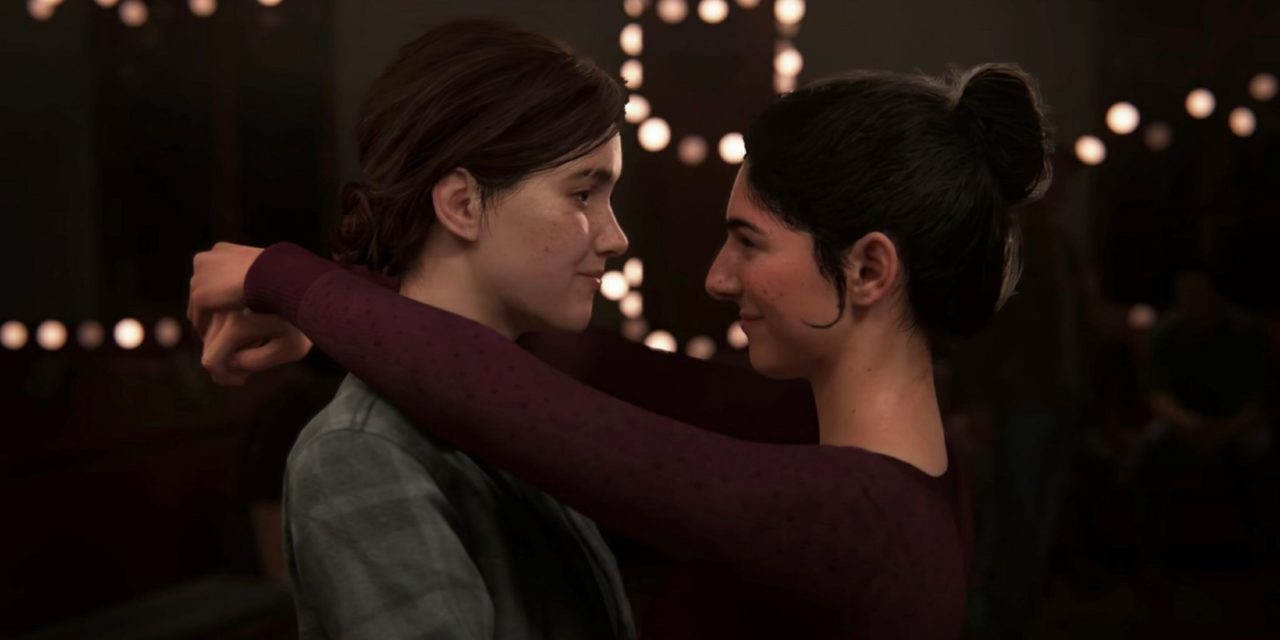
Now I know full well what the criticism was aimed at. Clearly a lot of players failed to grasp Abby’s side of the story and empathise with her – and that’s a key part of how the plot culminates in the brutal and emotional fight between the two. Throwing you into playing the villain was never going to be easy. I don’t blame you if the story didn’t resonate with you, as the creative director Neil Druckmann himself said ‘not everyone who liked the first game will like the direction of the second game’. So if you were disappointed, I can understand. TLOU 2 is not a perfect game (what game is?), but in my eyes it’s a damn sight close.
What I really can’t understand?
The level of sheer hatred by the gaming community towards the cast, the writers and the developers. The game was review-bombed on Metacritic to a user score of lower than 3/10 less than a day after the game released – way too soon for anyone to have realistically finished the whole game. Laura Bailey, the voiceover actress for Abby, received hundreds of death threats over her character’s actions. And the inclusion of Lev, an openly transgender character, was apparently too much for some people, who labeled it as ‘SJW politics’. Frankly, I don’t care too much about losing those kinds of people in the gaming community.
How did we get here? When did gamers become so entitled, to the point where a game’s plot and direction angers you so much that it makes you want to send death threats to the team behind it? What makes those people so insecure about themselves that they have to vent their rage towards fictional characters and events?
I reckon a lot of gamers get easily entrenched in their opinions. They come to expect perfection, and over time that idea of ‘perfection’ gets more and more tainted by what they think perfection is. When that idea is challenged, they attack. They’re afraid to see a plot push the boundaries beyond what they’re comfortable with, and so they must just want run-of-the-mill stories every time. Hell, why do you think so many people buy FIFA, practically the exact same game, every single year? It also goes without saying that the vast majority will be on social media and therefore have a platform to say whatever they want to whoever they want, becoming armchair game designers who believe they could write a better plot. Unfortunately, a lot of that seems to turn into genuine harassment against the people who dedicate their lives to this craft – and the gaming industry isn’t a kind place to begin with.
Honestly, I feel like we don’t deserve a game this good. And it’s a shame that people don’t see it the way it was meant to be seen. Because for me, The Last of Us Part II is a fitting swan song for the PS4. It’s a flawless execution in storytelling, a technical marvel, and an experience that won’t leave you. It deserves its place among the greatest games in history – and it may even be one of the most bold, thought-provoking and harrowing stories ever told.

